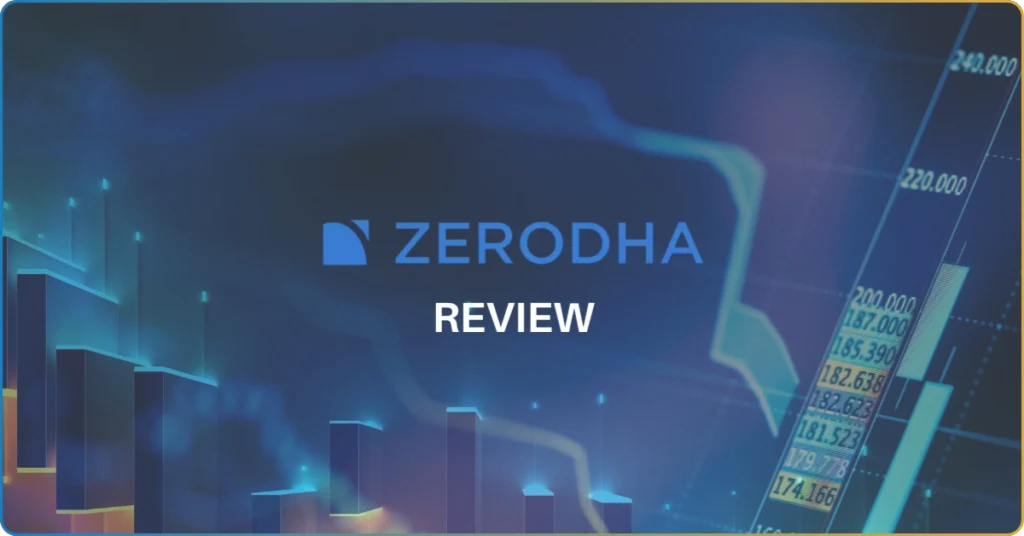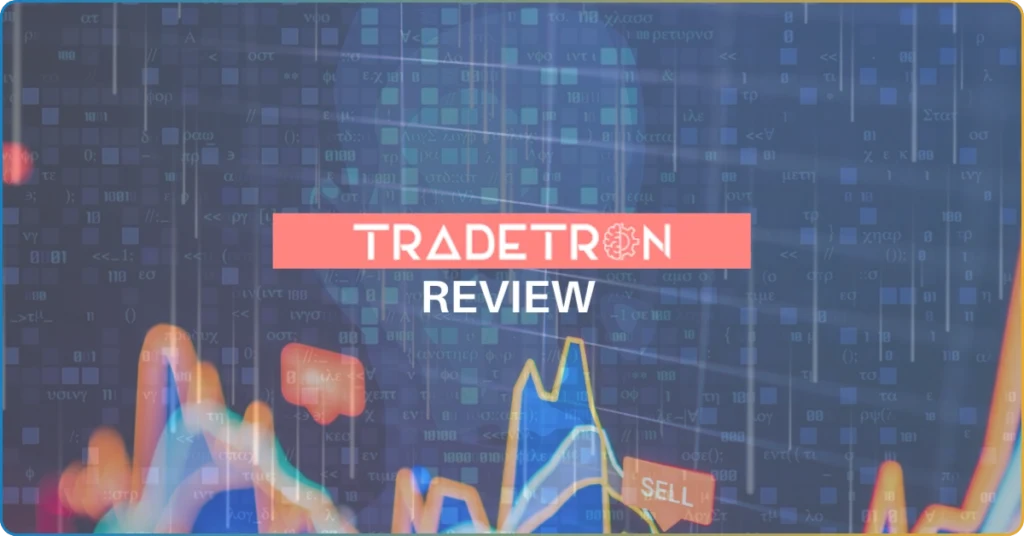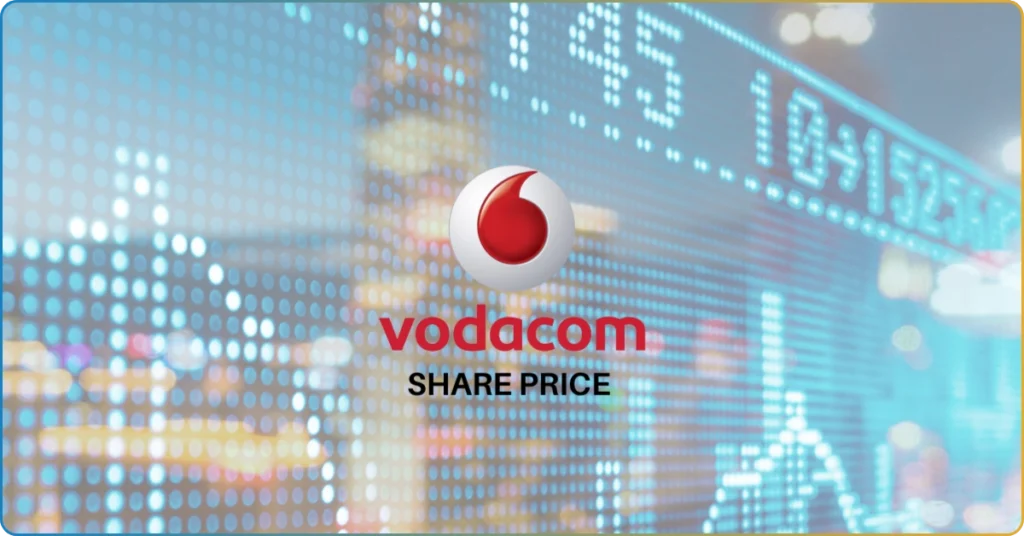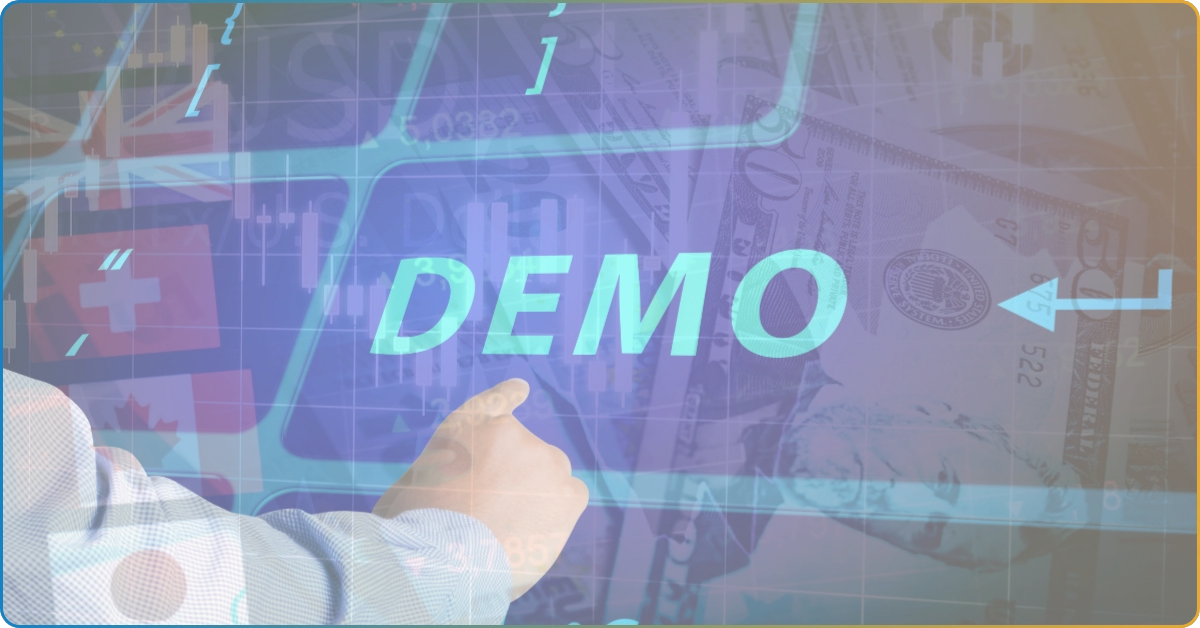All markets have structures. Even a decentralized one, such as the forex market, has a market structure it keeps and follows.
Without market structure, forex trading would be next to impossible. You’d be hard-pressed to know how to navigate its complex landscape and it would be even more difficult for retail traders to participate in it.
So, how is the forex market structured? Read on to find out!
What is Market Structure?
There are two unrelated definitions for the term “market structure.”
Depending on the context, you can define market structure as either:
- The logistical organization of a market. For instance, how the market fills orders, what institutions and entities participate in it, the dynamics of these market participants, etc. This is the definition of market structure in the context of how the forex market is organized.
- In a more general context, market structure refers to the different market conditions. For example, the current market condition may be of a stable bearish trend or perhaps a reversal pattern. This definition is sometimes also called the “market personality.”
If you’re using the first definition, the forex market structure is a decentralized one. It is also known as an “over-the-counter” or OTC market.
When you say OTC, it means that the market is decentralized, and you trade directly with other participants without the oversight of a centralized exchange.
In contrast, centralized markets, such as stock exchanges like the New York Stock Exchange (NYSE), have centralized exchanges. All trading activities take place within that exchange’s platform.
Government agencies, such as the Securities and Exchange Commission in the US, often have regulatory oversight over these exchanges.
In the forex (FX) market, where there is no central exchange, all trading activities happen electronically and non-simultaneously.
Though the forex market structure is decentralized, some form of hierarchy still exists within it in terms of its participants.
Forex Market Hierarchy
The different market participants make up the forex market hierarchy.
These participants are:
- Central banks
- Major banks (the interbank market)
- Medium-sized and smaller banks
- Speculators (e.g., retail traders, hedge funds)
- Retail electronic communication networks (ECNs, e.g., Reuters, Electronic Brokering Services (EBS))
- Large commercial companies
Let’s look at each one in more detail.
Governments and Central Banks
Central banks are often the fiscal authorities of their respective countries. They participate in the currency markets to keep the value of their country’s currency in check.
Central banks often have the authority to change their countries’ fiscal policies as they see fit. This capability gives them a great influence on the relative value of their currency when traded against another.
These banks are so prominent in the financial markets that traders of all stripes pay close attention whenever major central banks release statements. Analysts read these statements to discern the relevant bank’s possible future moves.
When needed, central banks can resort to direct intervention to control the value of their country’s currency. If they need to raise their currency’s value, central banks sell foreign currencies and buy domestic ones. This drives the demand for their country’s currency and, thus, its value.
The Interbank Market
The world’s largest commercial banks comprise the interbank market.
Examples of these banks include:
- Bank of America
- Barclays
- Citibank
- Deutsche Bank
- Goldman Sachs
- JP Morgan Chase
Also known as market makers, these financial powerhouses are responsible for a vast majority of the forex market’s liquidity. Because banks trade forex in huge volumes (typically in hundreds of millions per trade), only other banks can afford to match their trades.
For this reason, interbank market participants trade directly with each other or through electronic brokering platforms (e.g., Reuters, EBS).
Electronic Liquidity Providers
ELPs are the intermediaries between currency buyers and sellers.
These specialized financial firms have become major players in the forex market and are constantly quoting bid and ask prices for different currency pairs.
Prominent examples of electronic liquidity providers include:
- Citadel Securities
- Flow Traders
- XTX Markets
- HC Tech
- Jump Trading
Electronic liquidity providers ensure a smooth flow of trades in the forex market by ensuring that all participants can find a counterparty for their trades.
By providing liquidity to the forex market structure, ELPs allow faster trade executions and reduce the impact of market volatility.
Large Multinational Companies
Large multinational corporations are indirect participants in the foreign exchange market.
These international companies do not trade currencies in the forex market for profits through speculation. Instead, their activities in the financial markets are limited to exchanging currencies for commercial purposes.
For instance, an electronics company in the UK may need to purchase Japanese yen to purchase the parts it needs from a Japanese supplier.
Commercial companies may also enter the forex market to hedge against currency price fluctuations.
In the earlier example, suppose the UK-based electronics company knows it would need to purchase a large order from its Japanese supplier.
In this case, it can enter a currency-hedging arrangement (e.g., using forward contracts) or convert a portion of its funds into Japanese yen at a favorable exchange rate in advance.
Retail Traders and Hedge Funds (Speculators)
Forex market speculators make up a considerable part of the forex trading population. These speculators include retail traders and hedge fund companies.
Retail traders are individual traders and small-time investors who enter the forex market to make profits through speculation. Their forex trading activities are often conducted through retail brokers and use their own capital.
On the other hand, hedge funds are firms that manage the capital of high-net-worth individuals and institutional investors. Unlike retail traders, these firms trade through prime brokerages instead of retail brokers.
Though the trading volume of these smaller players can’t compare to the vast volume that goes through the interbank markets daily, they are still an integral part of the foreign exchange market.
Retail traders and hedge funds both make profits by speculating on the price trends in the forex market.
By anticipating future currency movements, speculators can profit from the fluctuations of the price difference between currency pairs.
For instance, a retail trader may buy the EUR/USD pair, expecting the euro to gain strength against the US dollar (USD). If their speculation proves correct, the retail trader can sell the pair he bought at a higher price.
By doing so, the speculator has made profits from the differences in the exchange rate.
Electronic Communication Networks
ECNs are also known as electronic trading platforms.
These networks serve as matching systems for traders and counterparties. They allow traders to conduct forex trading activities without the need for an intermediary broker.
Traders were already using ECNs as early as the 1960s. However, the use of ECNs in the forex market didn’t gain prominence until the late 1990s, with the launch of Matchbook FX.
Well known examples of ECNs include:
- Reuters Dealing 3000
- Electronic Brokering Services
If not trading directly with each other, the market makers in the interbank markets trade through ECNs.
Electronic communication networks (ECNs) are sensitive to market volatility. They also offer high liquidity levels that allow for swift trade executions, making them suitable for scalping and high-frequency trading (HFT).
Types of Market Structure
Now that we’ve covered the first definition of forex market structure, let’s move on to the next denotation of the word: different market trends.
Support and Resistance Levels
Support and resistance levels are fundamental concepts of the market structures of forex and other financial markets. They represent the prevailing market sentiment regarding the decision to buy or sell an asset.
These two concepts form the basis of many forex trading strategies and technical indicators, such as:
- Bollinger Bands
- Simple Moving Averages (SMAs)
- Exponential Moving Averages (EMAs)
- Fibonacci Retracement Levels
- Ichimoku Cloud
When discussing forex market structure, support levels refer to the point in price charts where market participants become less interested in selling assets and express more interest in buying them.
This means that as the asset’s price approaches the support levels, sellers become fewer, and buyers increase in number.
On the other hand, resistance levels are the points where traders’ desire to buy an asset starts to decline while their desire to sell goes up.
In short, sellers start to outnumber buyers as an asset’s price nears resistance levels.
Support and resistance levels are both potential reversal points.
Support levels are the points where price movement downtrends slow down and eventually halt before reversing direction.
In contrast, resistance levels are points where uptrends lose momentum until they completely stop and possibly start going in the opposite direction.
Ranges
In market structure, ranges are represented by a sideways price movement that creates horizontal support and resistance levels.
This sideways market structure results in what’s commonly known as ranging markets.
In forex, ranging markets are market structures where a currency pair’s price trades within a narrow range with no clear indication of continuing into a trend in either direction.
Market structure charts, such as candlestick patterns and line charts, can help you easily identify a ranging market.
Look for periods when price movements are minimal and a currency pair’s price chart highs and lows are confined within the established support and resistance levels.
This type of market structure often forms during periods of market consolidation or indecision. During these times, buyers and sellers are at an impasse.
Trends
Trends are sustained price movements. There are two primary types of trends:
- Uptrend
- Downtrend
As the term implies, an uptrend is an upward-moving market trend. Conversely, downtrends are downward-moving market trends.
However, just because the price of a currency pair is moving in one direction or the other doesn’t mean it is already in an up or downtrend.
The keyword here is “sustained.”
Uptrends are characterized by a series of higher highs and higher lows. This means that the price movements consistently create higher peaks (highest points) and troughs (lowest points).
On the other hand, downtrends are distinguishable by the sustained lower highs and lower lows of prices.
A good indicator of trends is the regular occurrence of price breaks.
During price breaks, the price action breaches the previously established support levels if it’s a downtrend or resistance levels if it’s an uptrend.
Reversals
Reversals signal the end of prevailing trends in a market structure and the start of a new one in the opposite direction. They represent a shift in market sentiment.
Reversals often happen at or near the support and resistance levels.
There are many types of reversals:
- Double tops
- Double bottoms
- Triple tops
- Triple bottoms
- Head and shoulders
- Inverse head and shoulders
Reversal trends often culminate in brief consolidation periods before ultimately reversing directions.
For instance, the price action of a bearish market structure will begin to stall and consolidate as the trend nears its end.
After the consolidation period, the price movement will head in the opposite direction and signal the start of a bullish trend.
Bearish Market Structure
A bearish market structure represents a largely negative market sentiment. In this type of market structure, sellers are the dominant market force.
For these reasons, a bearish market structure always has a downward trend, with occasional short-term rebounds.
A clear indicator of bearish market structures is consistent patterns of lower highs and lower lows.
Many factors can contribute to the development of a bearish trend.
For instance, negative economic data (e.g., high unemployment and inflation rates) can cause investors to lose confidence in a country’s currency and cause currency prices to decline.
Central banks also have the power to affect currency prices using policy tools, such as lowering interest rates.
Bullish Market Structure
A bullish market structure is the opposite of a bearish market and is often called an uptrend. This type of market structure is characterized by a sustained increase in the price of a currency pair.
Contrary to bear markets, a bullish market structure can be identified through a pattern of higher highs and higher lows.
Factors that can lead to a bullish market include:
- Favorable central bank decisions (e.g., increased interest rates)
- Positive economic data (e.g., low unemployment rate, high GDP growth)
Advantages and Disadvantages of Using Market Structure in Trading
Using market structure when trading forex can be advantageous.
It provides a comprehensive view of prevailing market conditions and allows you to easily identify support and resistance levels.
When relying on the market structure to determine the support and resistance levels, you can read the price charts from left to right and identify areas where the price action has consistently reacted.
These areas are often marked by multiple price touches or bounces, indicating their significance in influencing future price movements.
Another advantage you can gain from using market structure to guide your trades is that you benefit from the collective wisdom of market participants.
By analyzing price movements and how they react when reaching certain levels, you can gauge the overall market sentiment. This can help you predict potential future movements more accurately.
However, you should keep in mind that the market structure is still part of the larger market and, therefore, still subject to its unpredictability.
Incorporating market structure analysis into your trading strategies is a good practice. But you must always remember that it only takes one unforeseen or “black swan” event or a few aggressive participants to upend the existing market structure.
More specifically, the pros and cons of using market structure in trading are:
Pros of Using Market Structure in Forex Trading
- You can rely on forex market structures to understand why an asset price moves from one point to another and know the prevailing market conditions.
- You’ll know whether you should focus on a bearish or bullish setup, or if the present market is trading in a range.
- You’re less likely to trade against trends.
- It prevents you from taking positions that run into the support and resistance levels and cuts your profits short.
Cons of Using Market Structure in Forex Trading
- Black swan events (e.g., unexpected economic news) can disrupt the prevailing market structure without warning.
- You can become over-reliant on your existing market structure analysis and not realize you need to make updates or corrections.
Forex Market Structure FAQs
Which Assets Work Best with Market Structure?
Market structure is a technical analysis concept. This means it requires the underlying market to have high volume and liquidity for it to work.
Without sufficient volume and liquidity levels, market structure analysis can yield less accurate results. This problem is smoothed out by having more market data to analyze — something you only get with a high-volume and highly liquid market like the forex.
For the same reason, assets that work best with market structure include:
- All major currency pairs
- Forex crosses involving the euro
- Equity indexes
- Dow Jones-listed stocks
- The top 100 stocks in the S&P 500
- Bitcoin and Ethereum
What Is the Best Time Frame for Identifying Market Structure?
Using the best time frame is crucial if you want to identify market structure.
Generally, higher time frames (e.g., daily charts and above) are the most reliable when trying to identify market structures.
Smaller time frames (e.g., hourly charts) can give less accurate results due to limited market data.
However, you must be careful not to go overboard with time frames that are too high. If you know you execute trades on 15-minute charts, using 4-hour or higher charts is overkill.
To recap:
- Higher time frames are better for identifying market structures.
- Smaller time frames are less accurate as they rely on more limited data.
- You should use time frames that are appropriate to your trading style or you can lose trading opportunities.
Is Understanding Market Structure Important?
Successful trading is largely dependent on your market knowledge — your understanding of market dynamics and the forex market structures.
The market structure of the foreign exchange market dictates the movement of trends and asset prices therein.
By understanding market structure, you can easily identify trading opportunities and profit from the different market structures. It can help you create better market structure charts to better guide your trading decisions.
If you’re interested in learning more about market structure, market movements, and everything related to online trading and financial institutions, head on to our blogs section!

















